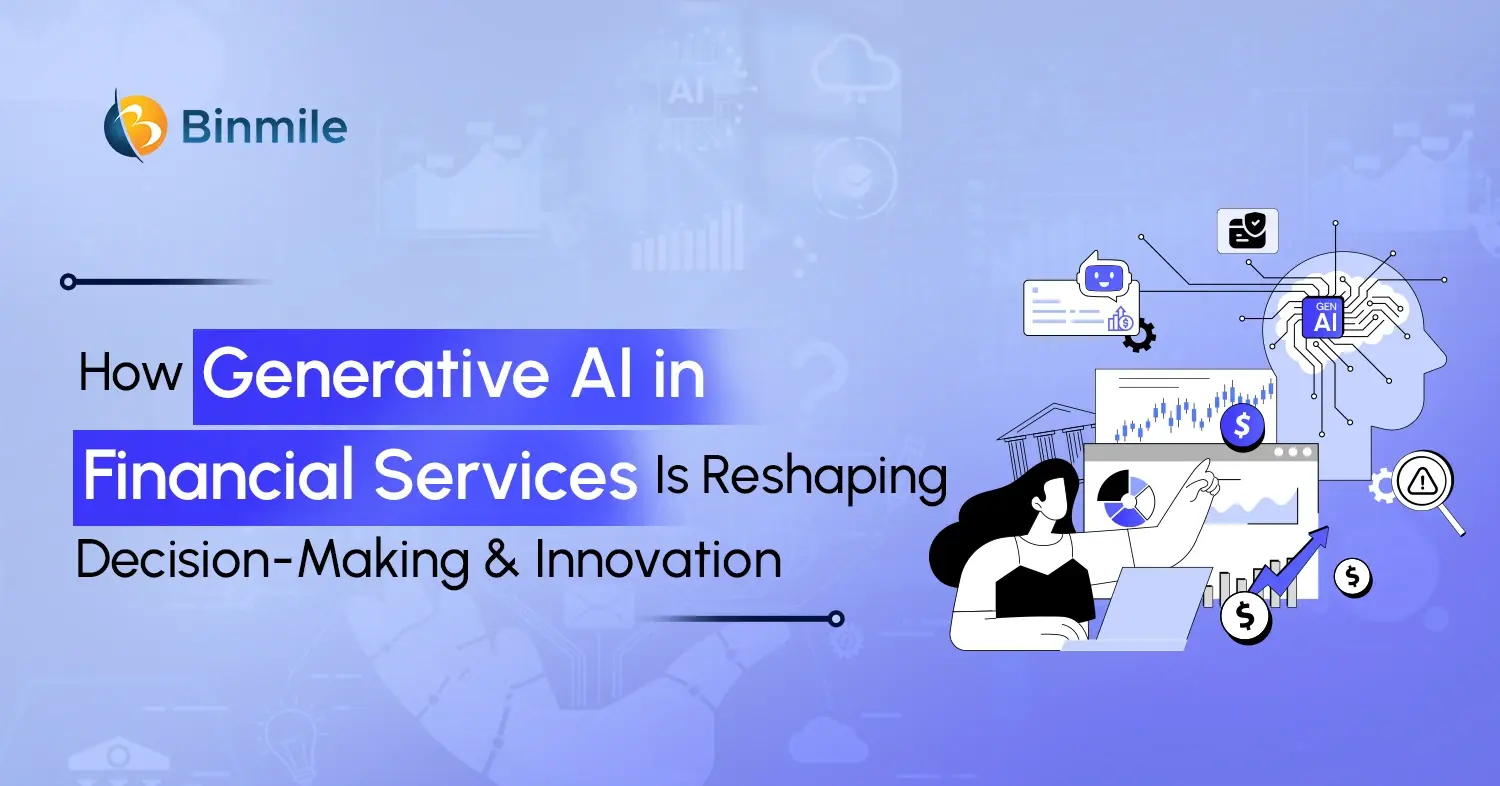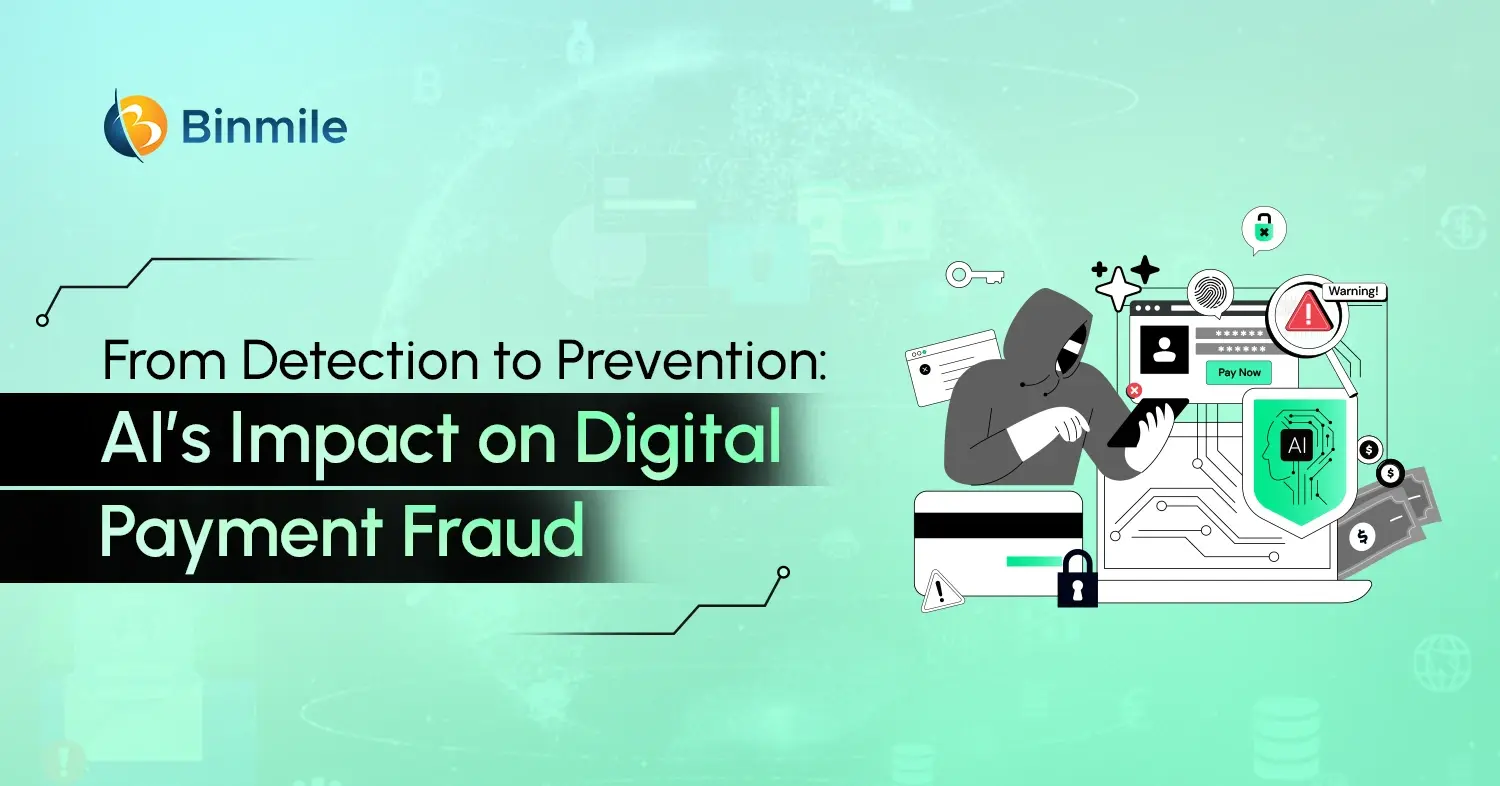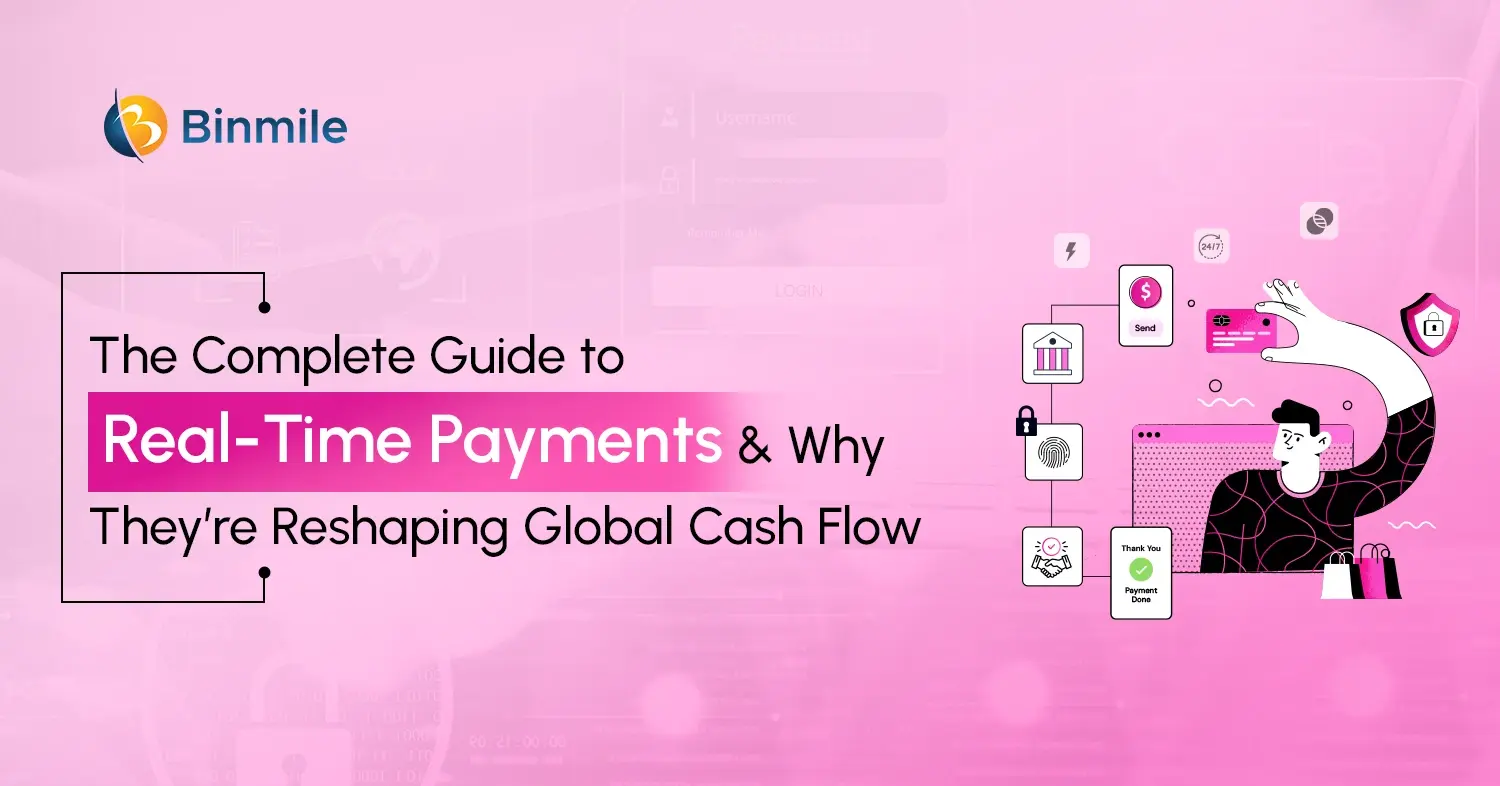Fintech industry trends are constantly changing with the integration of new cutting-edge technologies and changing compliance and regulations. With this, the global fintech market, which started initially at $110.57 billion in 2020, is rapidly growing and projected to reach $698.48 billion by 2030. From AI-proactive suggestions and embedded finance to DeFi wallets using blockchain and green fintech, these fintech trends are creating new, scalable opportunities for businesses.
This guide outlines the key fintech trends, their benefits, applications, and why to use a fintech app in 2025. By the end of this, you should be able to choose the right fintech innovation trend for your business, leading to accelerated growth, enhancing user experience, and thus a scope for the wider customer base.
Why have a Fintech App?
Fintech applications are a necessity nowadays that provide businesses with a competitive advantage through real-time analytics, AI-based suggestions, and customer-centric approaches. These fintech applications empower businesses, often offering customized fintech solutions, and reshape the whole process of how customers interact with financial services. They not only enhance user convenience but also provide them with customer-focused services that are secure yet seamlessly integrated into one single platform.
Top 10 Financial Technology Trends in 2025

1: AI Integration in Financial Services
AI in finance is one of the core financial technology trends, enabling financial institutions to offer AI-driven insights for better proactive personalization. With the use of AI, clients analyze their financial situation, spending behavior, and geolocation data. This analysis helps them to access customized financial products, directly leading to improved risk management and streamlining the customer experience. For example, American Express’s credit cards introduce spending patterns to its customers using AI.
Beyond personalized analytics, AI and ML in banking also play a critical role in strengthening security. One standout example is “Edge AI,” which brings advanced fraud detection capabilities by leveraging machine learning algorithms to monitor and identify suspicious activities, even halting real-time transactions using digital decoys.
2: Embedded Finance
Embedded Finance enables non-financial sectors, especially e-commerce companies, to directly integrate financial services, reducing the need to directly refer to banks. This fintech trend has revolutionized the way consumers interact with financial services in the payment processing industry for many years.
One of the impactful applications of Embedded Finance is the BNPL (Buy Now Pay Later) concept. The BNPL application redefines how customers engage and make payments without using a credit card. Here, customers can opt for a BNPL option, provide their personal details, and choose the timeline (typically three, six, or twelve months) to pay back the purchases with almost zero interest. These embedded payment systems enhance customer loyalty and user experience, ultimately leading to the targeted marketplace.
3: Green Fintech
 Green Fintech is one of the prominent trends in the fintech industry. It aims to create a financial ecosystem that revolves its principles around sustainability, actively addressing climate-related challenges. These fintech solutions enable businesses to incorporate ESG (Environmental, Social, Governance) data reporting, providing transparency to the stakeholders.
Green Fintech is one of the prominent trends in the fintech industry. It aims to create a financial ecosystem that revolves its principles around sustainability, actively addressing climate-related challenges. These fintech solutions enable businesses to incorporate ESG (Environmental, Social, Governance) data reporting, providing transparency to the stakeholders.
One of the fundamental components of green fintech is investing in a carbon offsetting project (solar farm) to neutralize the carbon emissions. In addition, many financial companies or sustainable platforms support these initiatives by providing eco-friendly financial solutions, green bonds, and funding for environmental health and renewable energy projects. For example, companies like Yes Bank aim to give investors loans for climate-friendly projects.
Discover how embedded finance and green fintech can transform your business. Get in touch now!

4: Financial Super Apps
The rise of financial super apps is gaining popularity globally, as they combine multiple services in one single seamless application. These financial services include investing, banking, payments, insurance, shopping, and more. For delivering this intuitive user experience, fintech companies should team up with the right IT partner and offer services, allowing them to manage diverse needs without switching apps.
To maximize the use of these financial super apps, companies should have a robust technology infrastructure to leverage advanced tools like AI and ML. By streamlining the transaction process, you can enhance customer experience and increase engagement, subsequently driving growth and innovation in the fintech industry. An India-based successful example of this super app is Paytm, which offers banking, stock trading, recharges, and more such services on one platform.
5: InsurTech
InsurTech is a part of the broader FinTech industry, which mainly focuses on leveraging modern technologies to streamline insurance core operations, assess risk, manage strategies, and create a more user-friendly platform. From policy creation to managing policy administration and claims processing, it does it all by automating with the help of AI. This benefits financial institutions not only by reducing their operational costs but also by providing accurate services, increasing customer retention.
One of the notable applications of this trend is On-Demand Insurance that provides users with microinsurance products instantly for specific needs, such as travel, electronics, etc. To simplify the insurance experience for users, companies should use any digital platform or mobile app to make the insurance services paperless and customer-centric.
6: Blockchain Technology with DeFi Wallets
Blockchain is a distributed, shared digital ledger used to enable the recording of transactions in blocks. This technology is used to secure data transport without relying on third-party providers. Banks or financial companies can leverage the use of blockchain networks like Ripple to handle transactions, monitor funds, and verify client details.
The use of DeFi (Decentralized Finance) wallets, powered by blockchain technology, enables users to store, send, and receive cryptocurrencies to interact easily with decentralized platforms. It is just like any digital wallet and eases up the process without actually depending on traditional banking services. By integrating DeFi with a blockchain network, users can enjoy full control over their assets and facilitate transactions such as lending, borrowing, etc., with complete security and transparency.
7: BaaP (Banking-as-a-Platform) over BaaS (Banking-as-a-Service)
Banking-as-a-Platform (BaaP) is one of the emerging fintech solutions in the industry. It goes beyond the functionalities of Banking-as-a-Service (BaaS). The difference between these two services is that BaaS integrates core banking functions through APIs, while BaaP enables businesses to host and integrate third-party financial services within a single fintech ecosystem.
This platform-centric approach creates collaboration opportunities between banks and financial institutions, helping them expand the services beyond traditional banking methods. It encourages innovation and enables users to use various services like insurance, lending, and borrowing etc., all in one seamless interface. Rather than just being a service provider, BaaP drives competitiveness by transforming banks and financial institutions into digital platforms.
8: Open Banking APIs
Open Banking APIs and Services are the most popular fintech software development trends. They create a unified user experience while providing a seamless range of fintech services such as real-time data tracking, instant loan approvals, automated saving plans, smooth account aggregation, etc. By enabling real-time data tracking and sharing, it offers a further step into open banking.
These APIs allow third-party developers to build applications that directly connect with banks, allowing customers to transact and have complete control over their financial data securely. This fosters new opportunities as it creates a customer-centric platform, ultimately driving innovation and enhanced security.
9: Digital-First Banking Solutions
Digital-First Banking Solution is a successful fintech service, offering accessibility, convenience, and speed to users. There is a constant demand for digital banking workflows that allow businesses or individuals to seek banking functionalities without visiting the banks. These online platforms offer bill payment, financial management, and loan processing services to rural communities from anywhere with an internet connection. This helps to bridge the gap between digital banking technologies and rural communities.
By adopting this trend, businesses gain firsthand access to a wider customer base and build financial literacy, which eventually leads to economic growth and lowered operating costs.
10: RegTech Solutions

RegTech, or Regulatory Technology, is a newly emerging fintech trend that leverages AI and ML to implement automated compliance monitoring tools. It is beneficial for businesses as it keeps track of evolving regulatory compliance for both international and domestic updates. This automated process eliminates the need for manual compliance checks, which reduces the chances of being prone to human errors. Additionally, these solutions provide real-time reporting measures, which help organizations to respond smoothly to any compliance issues faced. Lastly, the financial ecosystem needs to maintain complete transparency and trust when using this RegTech solution.
Want to have an app with strong fintech trends that engages with your users and drives growth? Partner with us to explore fintech app development solutions effortlessly!

Conclusion
When it comes to leveraging fintech services that have changed the way traditional finances were done, emerging trends using cutting-edge technologies such as AI, open banking APIs, embedded finance, etc., are reshaping and enhancing the user experience of financial institutions. To build a scalable platform and increase transparency, businesses need to embrace these fintech trends. Investing in fintech app development services can lead to business success by improving your financial operations.
In this blog, we have covered the top 10 fintech trends and their benefits. Hopefully, this blog’s content has helped you understand how to improve your core finance-related functionalities for better ROIs.









